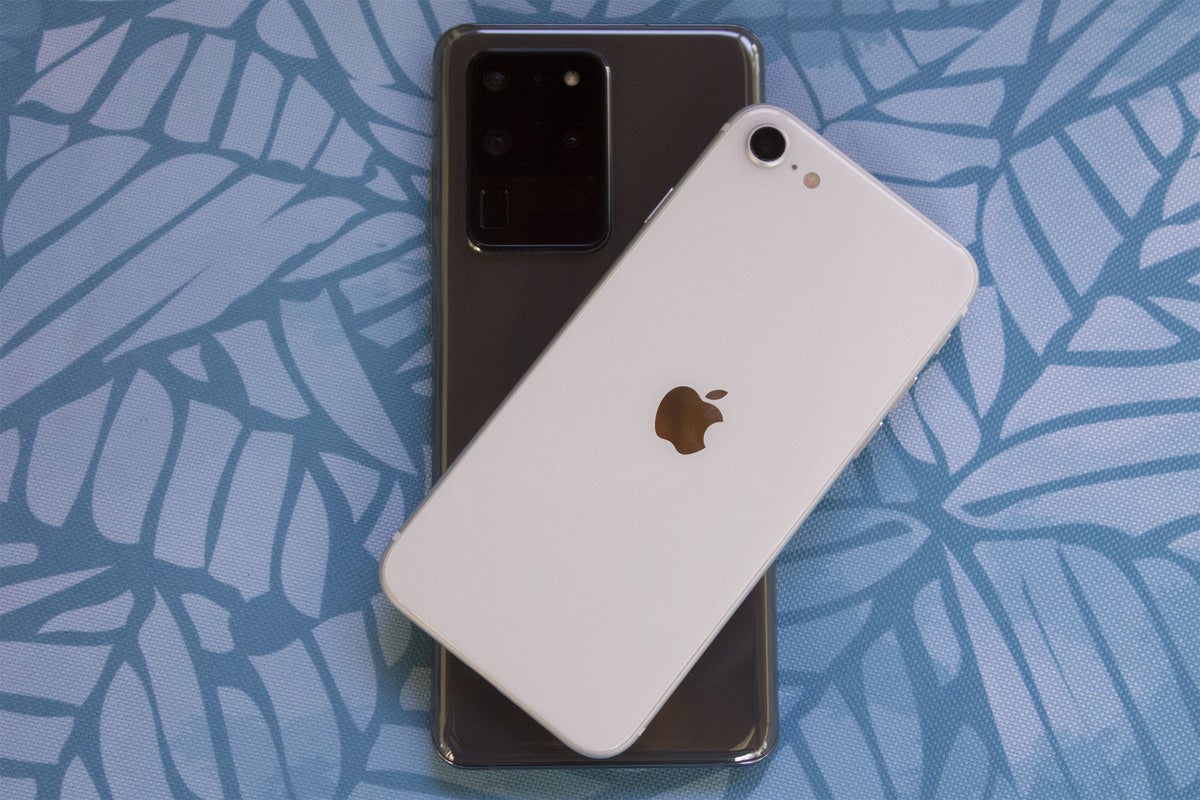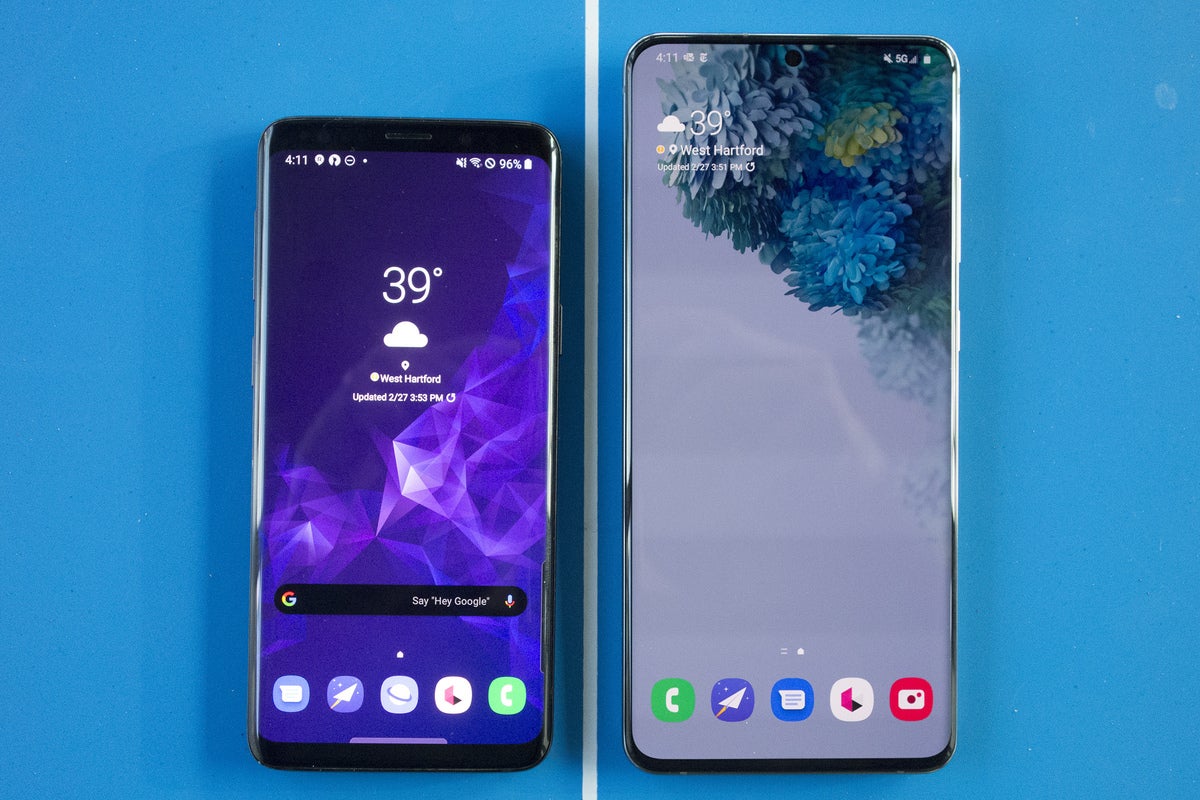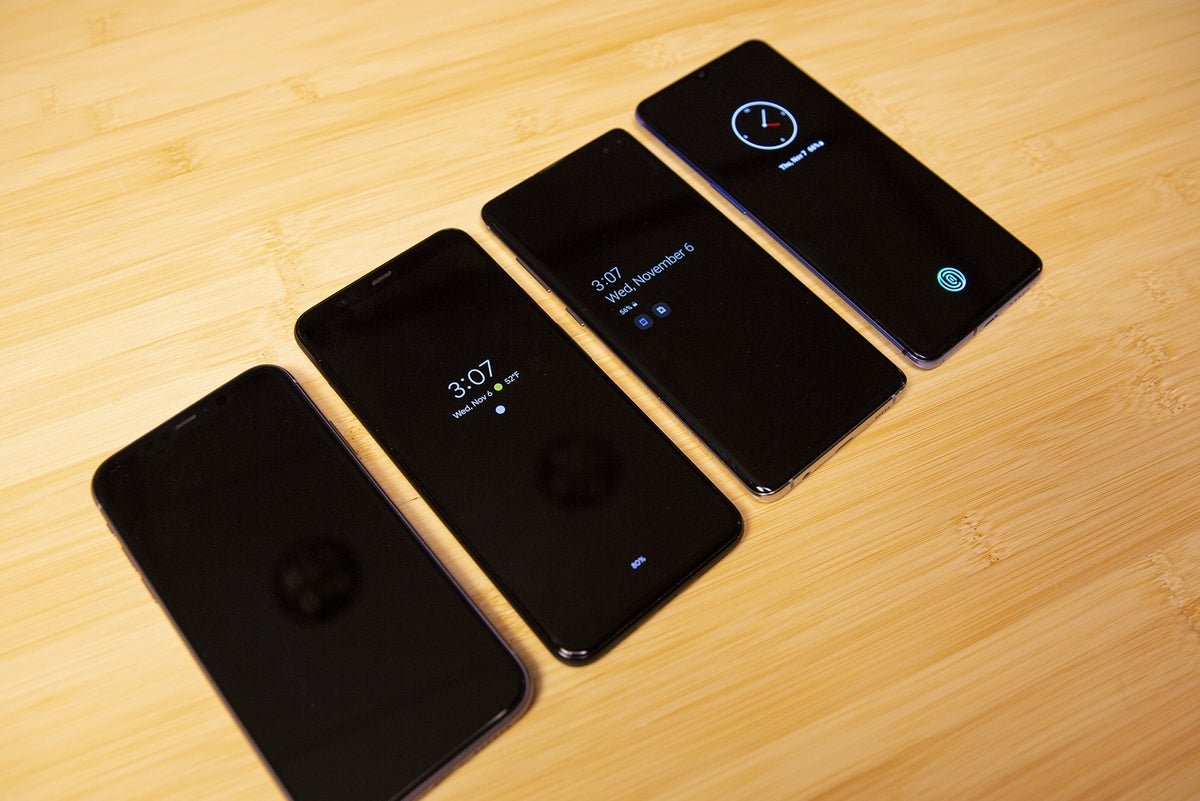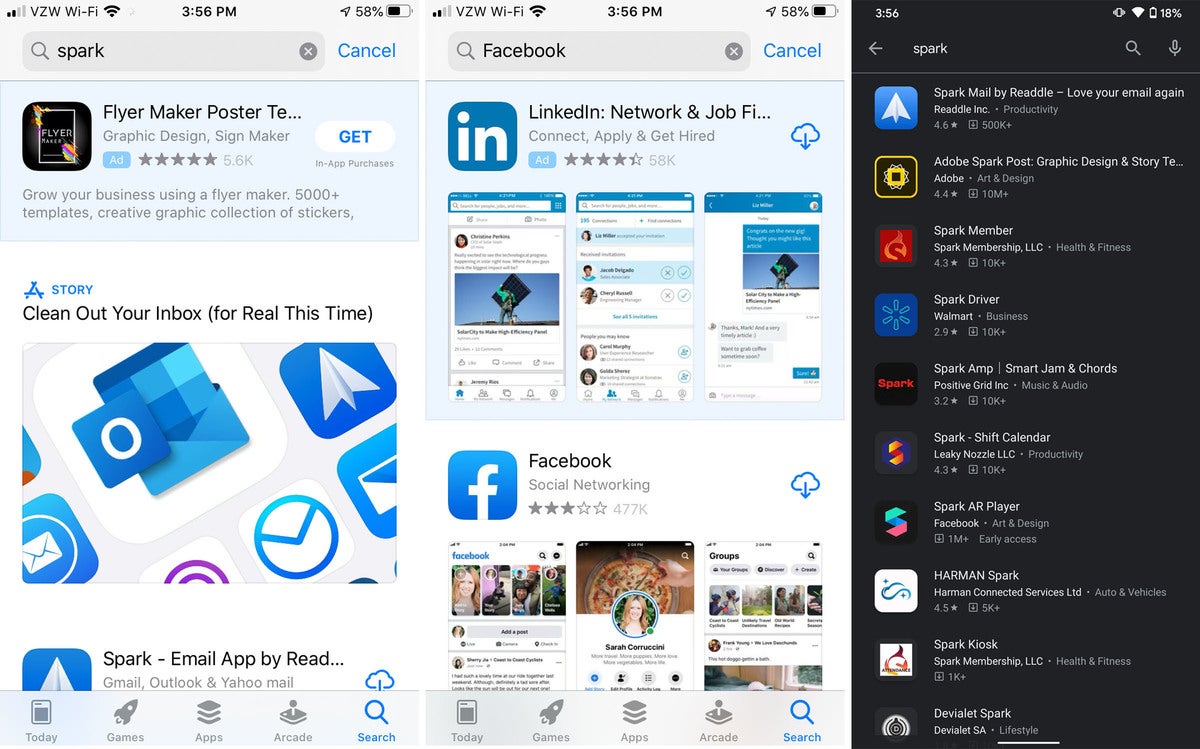![]()
Making the move from the most expensive Android phone to the cheapest iPhone opened my eyes to the things I often overlook.

It’s been a long time since I used a phone with a 4.8-inch screen and a home button for more than a few minutes. But when the iPhone SE arrived on my doorstep last week, I popped the SIM out of the Galaxy S20 Ultra and stepped back into 2016.
After the initial shock—which was like leaping from a luxury car to a motor scooter—I settled in and immediately began to learn some important things about Android vs. iOS. I knew the camera would be way better on the Galaxy S20 Ultra so you won[‘t find any shootouts here, but such a drastic switch made the two phones’ strengths and weaknesses crystal-clear, and in some cases painfully so.
Size doesn’t really matter
Over the past however many years, we’ve come to equate bigger with better when it comes to phones, whether it’s the S20 Ultra or the iPhone 11 Pro Max. I thought that moving from a 6.9-inch phone to a 4.7-inch one would be torture.
I was wrong. There were fewer tweets in my feed and more scrolling while reading, but it was an acceptable trade-off to enjoy true one-handed operation. The SE has shown me that it’s really not so bad to go back to a sub-6-inch display, especially with such a reasonable price tag. When I pick up the S20 Ultra now, it feels comically large and heavy.

Michael Simon/IDG Buying a new Android that’s as small as the Galaxy S9 from 2018 is basically impossible.
I’m not going to argue that Samsung return to the days of the Galaxy S6, but I’d like to see the upcoming Galaxy S21 generation go a bit smaller. There are rumors that Apple will be making a 5.4-inch iPhone 12 with an edge-to-edge design, which might be the sweet spot for people who want a phone they can use with one hand without sacrificing on the modern design or display tech.
Apps on Android are simply inferior
Size might not matter, but speed does. As I do with every new phone, the first thing I did on the iPhone SE was install a dozen or so apps that I use on a regular basis: Slack, Ring, Twitter, Chrome, and a handful of others. While they’re all essentially the same on both platforms, the user experience on iOS is across-the-board better. Even if you don’t use Apple’s apps, apps on iOS are faster, menus are smarter, and navigation is more intuitive on iOS, even with some of Google’s own apps. I might be gaining a lot more screen with the S20 Ultra, but there’s little point when the apps don’t know what to do with it.
An always-on display is a necessity in 2020
Apple doesn’t even offer an always-on display option for its OLED phones, so I wasn’t surprised that the LCD-based iPhone SE doesn’t have one. But man, do I miss it. It’s most glaring when I want to check time in the middle of the night, but it’s equally annoying at work when I glance over to see a blank screen a few seconds too late after a notification appears. I don’t know why Apple refuses to have an always-on or even a tap-to-wake ambient display option, but it’s a definite knock on the experience. I mean, who wants the whole screen to light up every time a message comes in?

Christopher Hebert/IDG The iPhone 11 (left) is a dark spot among a crowd of always-on displays.
The right haptics make everything better
If you haven’t thought about your phone’s haptics, lately it’s probably because they’re not very good. At best, Android’s haptics are little more than vibrations that accompany taps and swipes to make the digital images on your phone feel more tangible, and often they’re sometimes they’re either too buzzy or not buzzy enough. (They were so aggressive on the S20 Ultra, I actually turned them off.) On the iPhone SE, they’re an extension of the hardware and a subtle blending of the physical and digital worlds. Roll your eyes all you want, but the haptics and Haptic Touch on the iPhone SE elevate the system in a way Android phones just don’t.
The Phone SE’s awesome speed is more than the chip
The iPhone SE is getting a lot of praise for its speed and rightfully so. It’s as fast as the iPhone 11 Pro and faster than the fastest Android phones, but the phone’s speed is more than benchmarks. Even when you’re not using an app, iOS is smarter, quicker, and more intuitive than Android. Need to fill in a password? Just tap the key icon, and you can quickly access your password manager or managers of choice. Taking a screenshot? After you edit or share, you’ll get a prompt asking if you want to delete it. Want to silence your phone? Flip the switch on the side. Yes, you can find some of these things on Android phones, but altogether they make the iPhone feel like a complete package that’s optimized and accelerated.
Smart Lock is Android’s best feature
Speaking of little things, I’ve never appreciated Smart Lock like I do after using the iPhone SE for a couple of weeks. In case you don’t know, Smart Lock is the thing that keeps your phone unlocked when you’re at home or wearing a trusted Bluetooth device like a pair of Galaxy Buds or a WearOS watch. It’s a fantastic feature that saves time and makes it easier to use your phone when it’s a little too far away to unlock with your face or finger. Apple will likely add a version of Smart Lock at some point, but until it does, iPhone users don’t know how good Android users have it.
App Store ads are deceitful and shady
Google may have a reputation for annoying ads, but Apple is no stranger to intrusive marketing. Nowhere is that more apparent than when trying to search for an app. Whether you’re looking for a specific app or a category of apps, you’ll be served with an ad positioned prominently at the top of the search results. That’s fine when you’re looking for a generic category like travel or note-taking, but even when you search for Ring or Candy Crush, you’ll still see a paid ad for an unrelated app in the top slot. I don’t know how many people mindlessly tap it, but I imagine it’s a good amount. For a company that likes to tout its high customer satisfaction, Apple’s App Store ads are cheap, desperate, and pretty terrible.

IDG On the App Store (center and left), even searching for huge apps like Facebook will bring up ads in the top spot. That’s not the case with the Play Store.
USB-C is superior in every way
Apple’s Lightning connector might be slightly smaller than USB-C, but the benefits start and stop there. USB-C is universal, supports higher power delivery and faster data transfers, allows for external display support, and can be plugged in at either end. Not to mention, I had to buy a separate Lightning-to-USB-C cable just to get fast charging.
Android notifications are actually pretty great
Say what you will about Google’s constant tweaking, but compared to iOS, Android’s notifications are a dream. On the iPhone SE, the Notification Center is basically a black hole, badges have become a plague on the home screen, and everything needs to be micromanaged to be of any use. Android makes it easy to snooze, interact, prioritize, and act on alerts. Even if you can somehow remember to use the iOS Notification Center, there are a lot of things you just can’t do. Notifications are a nuisance and a distraction no matter which platform you use, but on Android they’re more useful overall.
I really like the Android status bar
Speaking of notifications, my sojourn with the iPhone SE also made me appreciate the Android status bar even more. It’s not just the tiny notification icons that remind you of recent alerts, but it’s also small, thoughtful things like indications for silent mode and running timers. Android’s Quick Settings are easier to access and more customizable than the iOS Control Center, with a focus on shortcuts to useful and speedy settings rather than app actions.
Contact Information:
Michael Simon
Tags:
, Wire, United States, English
Contact Information:
Michael Simon

